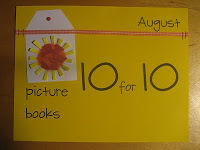
This is the 4th Annual Picture Book 10 for 10 hosted by Cathy Mere & Mandy Roebek ; a time for teachers and readers to share some of their favorite picture books. As a secondary teacher, I’ve developed a love for picture books over the last few years. No matter how old, kids love to sit around and be read to. They oooh and aaah when you turn the page, they giggle at funny pictures, and they predict like crazy. I’ve used picture books as just fun read-alouds, but I’ve also used them to help teach literary concepts and reading strategies. The following list is 10 of my favorite picture books to use in class and what I use them for.

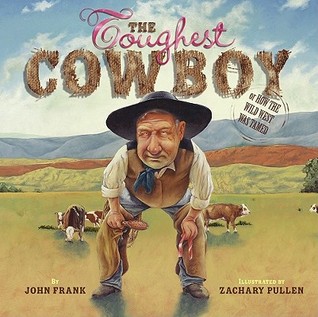

It's A Book by Lane Smith - This is one of my first read-alouds of the year. It’s a simple, funny book that really connects to this generation of students. It shows them that even in this uber-technological age, books still have value. I love my students’ responses when we get to last page - maybe a tad inappropriate, but priceless.
The Toughest Cowboy by John Frank - This is another student favorite. the pictures have a realistic yet abstract look (giant heads) and the story is guaranteed to make them giggle. I like to use this book to teach irony and prediction, plus it’s just fun to read in my pathetic cowboy accent.
Sector 7 by David Wiesner - This wordless picture book (I also use his book Tuesday) is a great reading tool for some of my struggling readers. Students tell, either orally or through writing, the story based on the pictures alone - what a great way to get them thinking about making inferences! Plus, Wiesner’s pictures are cool (sorry for the lame adjective) and creative, which make for some unique retellings.
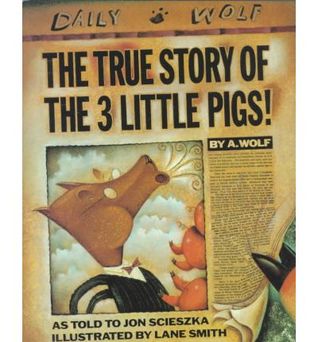


The True Story of the Three Little Pigs by Jon Scieszka and Lane Smith - A familiar tale told from a different point of view - great for teaching point of view (duh). This is also a great mentor text for writing; I have students choose a different familiar story or fairy tale and tell it from a different character’s point of view. This leads to some great student thinking along with a fun read-aloud.
Where the Wild Things Are by Maurice Sendak - This is a classic story that most students already know, which makes it a great book to study. I’ve used this book in connection with The Odyssey to help students understand the hero’s journey. Trust me, they like this much more than the epic poetry of Homer.
Eats, Shoots & Leaves by Lynne Truss and Bonnie Timmons - This is a fantastic picture book adaptation of Truss’ best selling grammar book. This, along with The Girl’s Like Spaghetti and Twenty-Odd Ducks, is my favorite way to teach grammar, punctuation, and sentence structure. The pictures and incorrect sentences are hilarious, which help make the grammar rules visual and easy to remember.
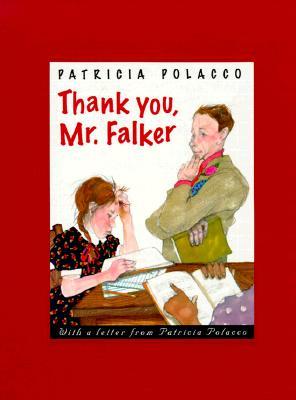
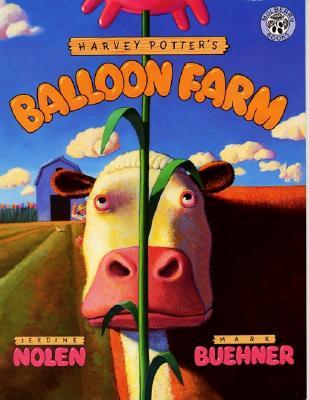
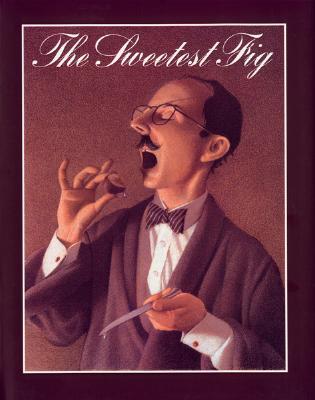
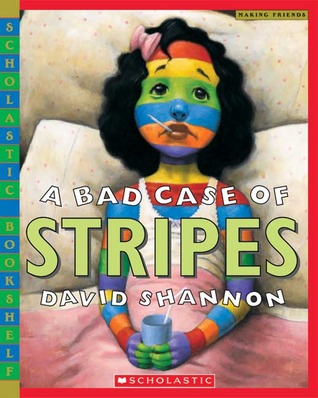
Thank You, Mr. Falker by Patricia Polacco - I’m sure this book is on MANY top picture books lists. As a reading teacher, how can I not love to read this to my students? I use this early on in the year to show my readers that it’s okay to struggle, but that I’m there to try and help them. A true tear-jerker and heart-warmer.
Harvey Potter's Balloon Farm by Jerdine Nolen and Mark Buehner - When I first saw this, I knew I had to get it just for the vibrant colors and funny balloon pictures. Since then, it’s become a favorite among my students. I use this book to practice reading strategies and theme (always a hard concept for freshmen), but mostly I share it just because I enjoy it.
The Sweetest Fig by Chris Van Allsburg - I love all of Van Allsburg’s works, but this might be my favorite to use with students. As always the illustrations are beyond amazing, but it’s the story that the students really connect to. Oh how they hate Monsieur Bibot. As the story continues, students become more and more vocal about their anger towards the main character, which makes the ending all that much sweeter (no pun intended). I like to use this story to teach prediction and characterization.
A Bad Case of Stripes by David Shannon - LOVE this book! I use it to teach plot structure and the plot diagram. The pictures are beautiful and colorful, the story is cute and memorable, and the theme is meaningful and easy to pick out. This is a great beginning of the year book for my freshmen readers.

Jen
ReplyDeleteA terrific list of picture books for our secondary classrooms. I am just returning to the classroom after being out for 3 years as a literacy coach. That time reignited my passion for picture books and my desire to teach with them. I appreciate your list and it will surely support me.
Thanks,
Julie
This is an awesome list for middle school - and I, too, count The Sweetest Fig as an Van Allsburg favorite.
ReplyDeleteThe secondary lists in this year's picture book event have been amazing. It's been fun to read through the titles secondary teachers like to use. Thank you for sharing the titles and the way you use them with students.
ReplyDeleteCathy